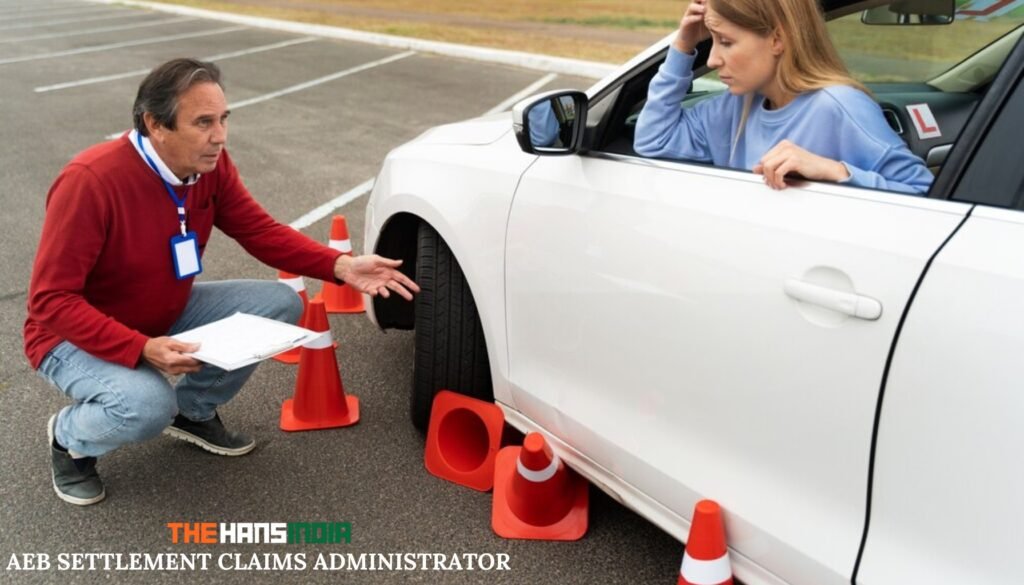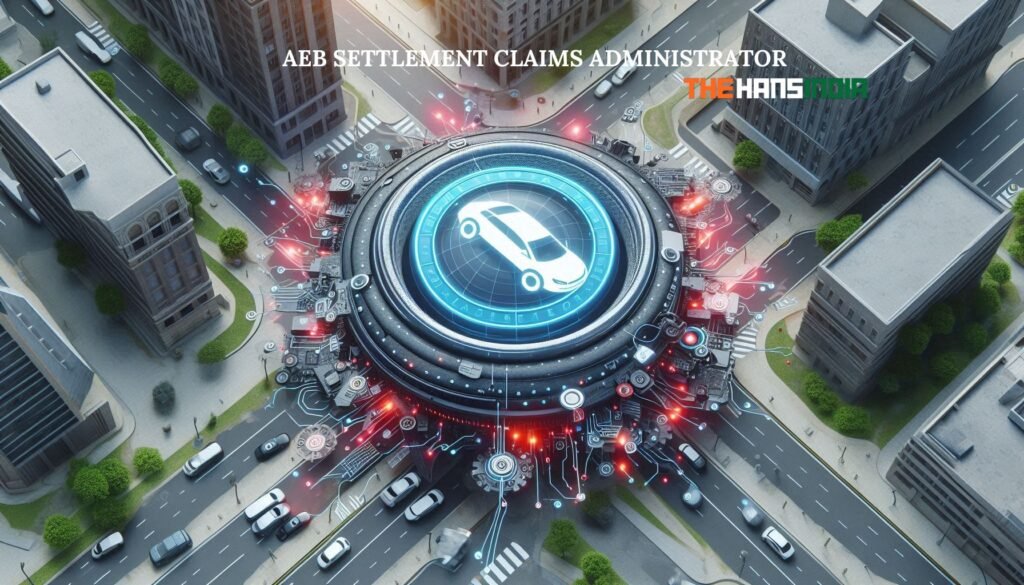The automotive industry has seen numerous advancements over the years, and one of the most significant is the implementation of Automatic Emergency Braking (AEB) systems. However, with technological advancements come challenges, such as faulty systems leading to lawsuits and settlement claims. If you’re affected by AEB issues, you might need to understand the role of an AEB settlement claims administrator. This comprehensive guide provides a clear picture of what you need to know.
What is an AEB Settlement Claims Administrator?
An AEB Settlement Claims Administrator is a third-party entity responsible for overseeing the settlement process of claims related to defective or malfunctioning Automatic Emergency Braking (AEB) systems. Their main duties include ensuring that eligible claimants receive compensation, processing claims efficiently, and maintaining transparency throughout the settlement process.
Why Are AEB Systems Under Scrutiny?
AEB systems are designed to prevent collisions by automatically applying the brakes if the driver fails to do so. However, issues have been reported where the system either fails to activate in emergencies or activates unnecessarily, leading to accidents. These problems have resulted in lawsuits, and companies may offer settlements to affected individuals. The claims administrator is responsible for managing these settlements.

Key Responsibilities of an AEB Settlement Claims Administrator
- Claims Processing: The administrator handles the submission, review, and approval of claims. They ensure that all necessary documentation is provided and that the claims meet the eligibility criteria.
- Fund Distribution: Once claims are approved, the administrator disburses the settlement funds to the claimants. This is done in accordance with the settlement agreement.
- Communication: The administrator serves as the main point of contact for claimants. They provide updates on the status of claims, answer questions, and offer guidance throughout the process.
- Record Keeping: Maintaining accurate records of all claims and settlements is crucial. The administrator ensures that all information is securely stored and accessible for auditing purposes.
- Reporting: Regular reports are generated to track the progress of the settlement process. These reports are often provided to the court, legal teams, and sometimes the public.
How to File a Claim with an AEB Settlement Claims Administrator
If you believe you are eligible for compensation due to a faulty AEB system, follow these steps:
1. Check Eligibility
First, confirm that you qualify for the settlement. Eligibility requirements are usually outlined in the settlement notice or agreement. Common criteria include owning or leasing a vehicle with a defective AEB system during a specified time period.
2. Gather Necessary Documentation
You’ll need to provide documentation to support your claim. This might include:
- Proof of vehicle ownership or lease.
- Documentation of the AEB system failure (e.g., repair records, accident reports).
- Receipts for any repairs or damages caused by the AEB malfunction.
3. Submit Your Claim
Claims can typically be submitted online or via mail. Ensure that all required fields are completed, and attach all necessary documentation. Incomplete claims may be rejected or delayed.
4. Track Your Claim
After submission, you should receive a confirmation. The claims administrator will provide updates on the status of your claim. Be sure to check for any additional requests for information or documentation.
5. Receive Your Settlement
Once your claim is approved, the administrator will distribute the funds as outlined in the settlement agreement. This could be a direct deposit, check, or other forms of payment.
Common Challenges Faced During the Claims Process

Filing a claim might seem straightforward, but there are common challenges claimants face, such as:
- Incomplete Documentation: Missing documents can delay or invalidate your claim.
- Eligibility Disputes: Ensure you fully understand the eligibility criteria before submitting your claim.
- Communication Delays: Stay proactive in communicating with the claims administrator. Follow up regularly if you don’t receive timely updates.
FAQs about AEB Settlement Claims Administrator
1. What is an AEB system?
An Automatic Emergency Braking (AEB) system is a safety feature that automatically applies the brakes to prevent or reduce the severity of a collision.
2. Why are AEB systems leading to settlements?
Some AEB systems have malfunctioned, either by failing to activate or activating unnecessarily, which has led to accidents and subsequent lawsuits. Manufacturers may offer settlements to affected individuals.
3. How long does the settlement process take?
The timeline varies depending on the complexity of the claims and the efficiency of the claims administrator. It can take several months to over a year.
4. What happens if my claim is denied?
If your claim is denied, you may appeal the decision. The claims administrator will provide information on the appeals process.
5. Can I file a claim if I no longer own the vehicle?
It depends on the terms of the settlement. Some settlements allow former owners or lessees to file claims if they had the vehicle during the affected period.
6. Is legal assistance required?
While you can file a claim without legal help, consulting with an attorney can be beneficial, especially if your claim is complex or disputed.
Conclusion
Navigating the AEB settlement process can be overwhelming, but understanding the role of the AEB Settlement Claims Administrator can make the process smoother. By following the steps outlined in this guide, you’ll be better equipped to file your claim and receive the compensation you deserve. Always ensure that your documentation is complete, stay proactive in communication, and don’t hesitate to seek legal advice if needed.
By understanding the responsibilities and processes associated with an AEB settlement claims administrator, you can approach the situation with confidence and clarity, ensuring that you receive the compensation you’re entitled to.
Read more on Thehansindia.


